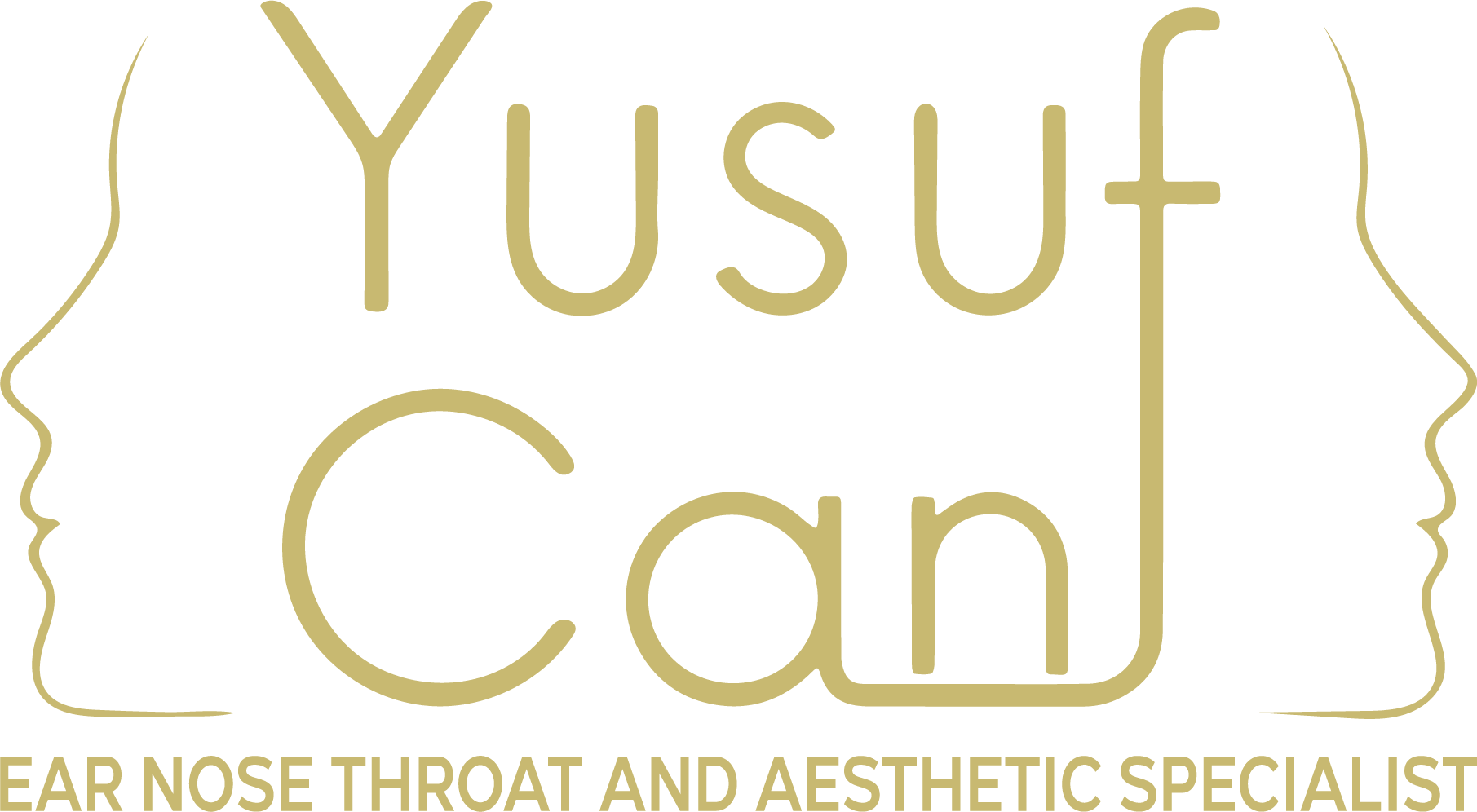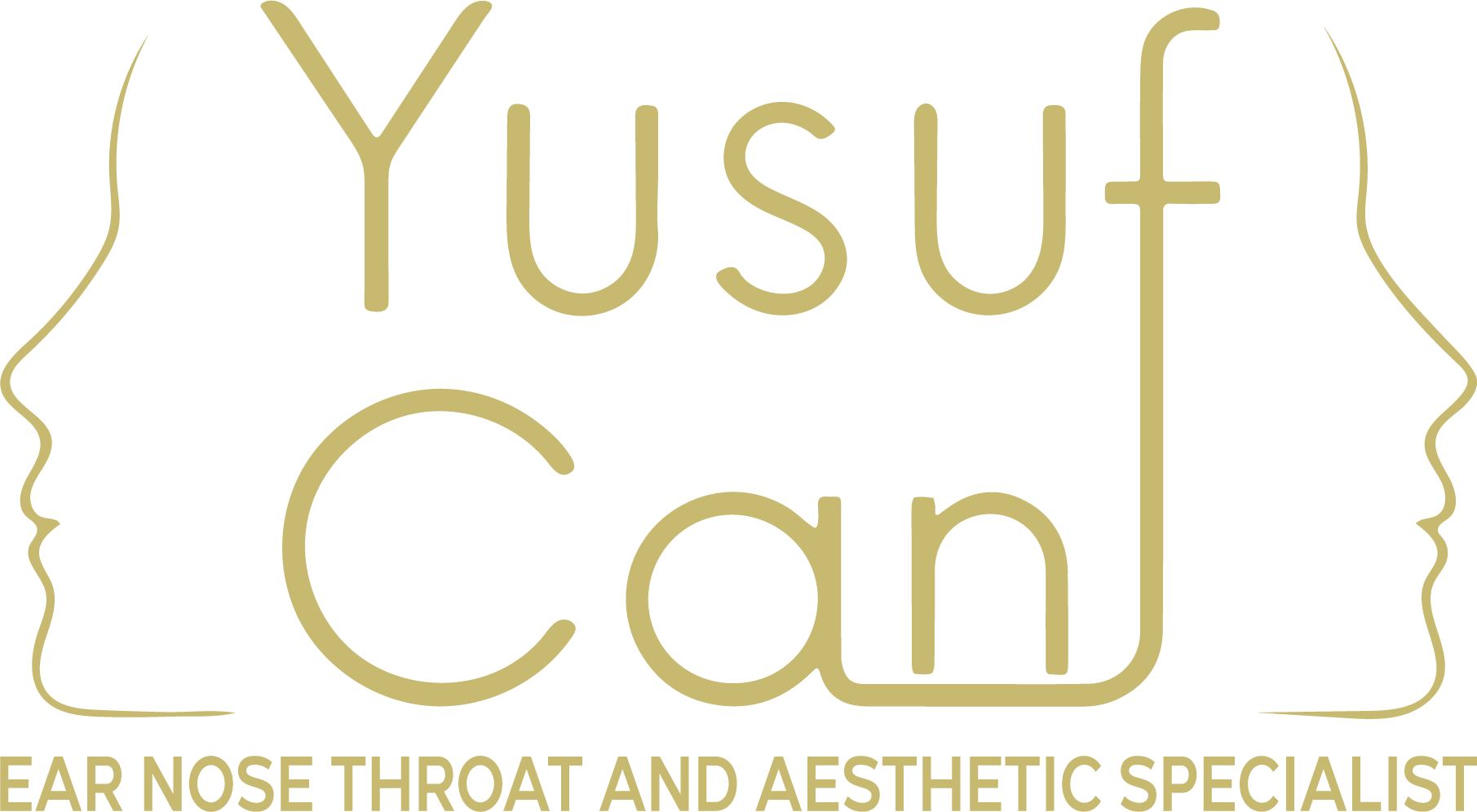The nose is a focal point that forms the central symmetry of the face and therefore attracts a lot of attention. When communicating, people focus on the face most carefully and most often. The nose, which is the focal point of the face, which is the main area of communication, is quite striking both in our own appearance when we look in the mirror and in the established communication relationships. Therefore, the nose can often cause aesthetic concerns.
Revision nose surgery is the surgery performed due to the failure to obtain the desired result after rhinoplasty procedures performed as a result of concerns about the structure, functions and aesthetic appearance of the nose.
Revision rhinoplasty may be necessary as a secondary procedure if the problems do not go away or undesirable results occur despite rhinoplasty.
Various problems may occur in patients due to the newly created nose shape or respiratory distress. In some cases, the patient may not be satisfied with the newly created nose shape and may request certain changes to be made on it. At this point, the effect of rhinoplasty being a personalized aesthetic operation is in question. Aesthetic nose surgeries are applications that are personalized and can be successful to the extent of the patient's satisfaction.
Revision nose surgery is actually a procedure that progresses under more difficult conditions for both the patient and the doctor and needs to be performed more meticulously. The surgeon should comfort the patient, make meticulous evaluations, provide the necessary information in detail and ensure that the problems are successfully eliminated with the revision surgery.
Revision nose surgery is based on the surgeon's ability to prevent the patient from losing confidence again and can be performed successfully in this direction.
What are the Reasons for Revision Nose Surgery?
Some of the reasons why revision nose surgery occurs as a necessity are due to surgical errors, some of them are due to errors of the patient, and some of them occur as a result of some unforeseen situations. Leaving the reasons aside, we can list the reasons for the need for revision nose surgery as follows,
- Possible complications
- Noses with excess bone or cartilage removed
- Angles that do not look aesthetic
- Asymmetries that exceed the limits of the natural anatomical structure of the nose
- Nasal structure that looks aesthetically beautiful but cannot perform its basic functions and cannot breathe
After aesthetic nose surgery, if an undesired or unsatisfactory result occurs and a secondary procedure is a necessity, revision nose surgery emerges as a necessity.
How is Revision Nose Surgery Performed?
The problem occurring in the nose may be excessive or lost tissues, or conditions such as asymmetry and respiratory distress may occur.
After the first surgical intervention, problems caused by lost or excessive tissues in the nose can be treated by removing bone and cartilage from various parts of the body for repair. The nasal skeleton is composed of cartilage and bone, so the main skeleton needs to be supported by a strong tissue. In many cases, this procedure can be performed with the cartilage in the nose. However, in severe cases, cartilage tissue taken from the ear area or rib cartilage can be used for repair. Temporal muscle fascia taken from the scalp can also be added to this procedure.
In asymmetries that occur after aesthetic nose surgeries, the nasal skeleton can be reopened and the necessary shapes can be made, and the ideal locations can be determined by moving the low nasal tips upwards.
In aesthetic nose surgeries with respiratory problems, the already existing respiratory distress is usually overlooked and becomes apparent after Rhinoplasty. With revision nose surgeries, respiratory problems in the nose can be treated.
When Is Revision Nose Surgery Performed?
We can talk about the healing mechanism as a valid situation for all tissues in our body. A certain period of time must pass for the body tissues that have been subjected to surgical intervention to heal and return to their former healthy structures. This situation emerges as a necessity of the healing mechanism.
After aesthetic nose surgeries, the relevant tissues are inevitably damaged at certain rates and a certain period of time must pass as a requirement of the healing mechanism in order for these damages to heal and for the tissues to return to their original softness and healthy structure. During this transformation and healing process, revision should not be applied if possible. Under normal conditions, this period is at least 6 months after the first surgery, even 1 year if possible. However, if our patient has significant problems in terms of both functional and aesthetic appearance, revision surgery can be performed earlier.





